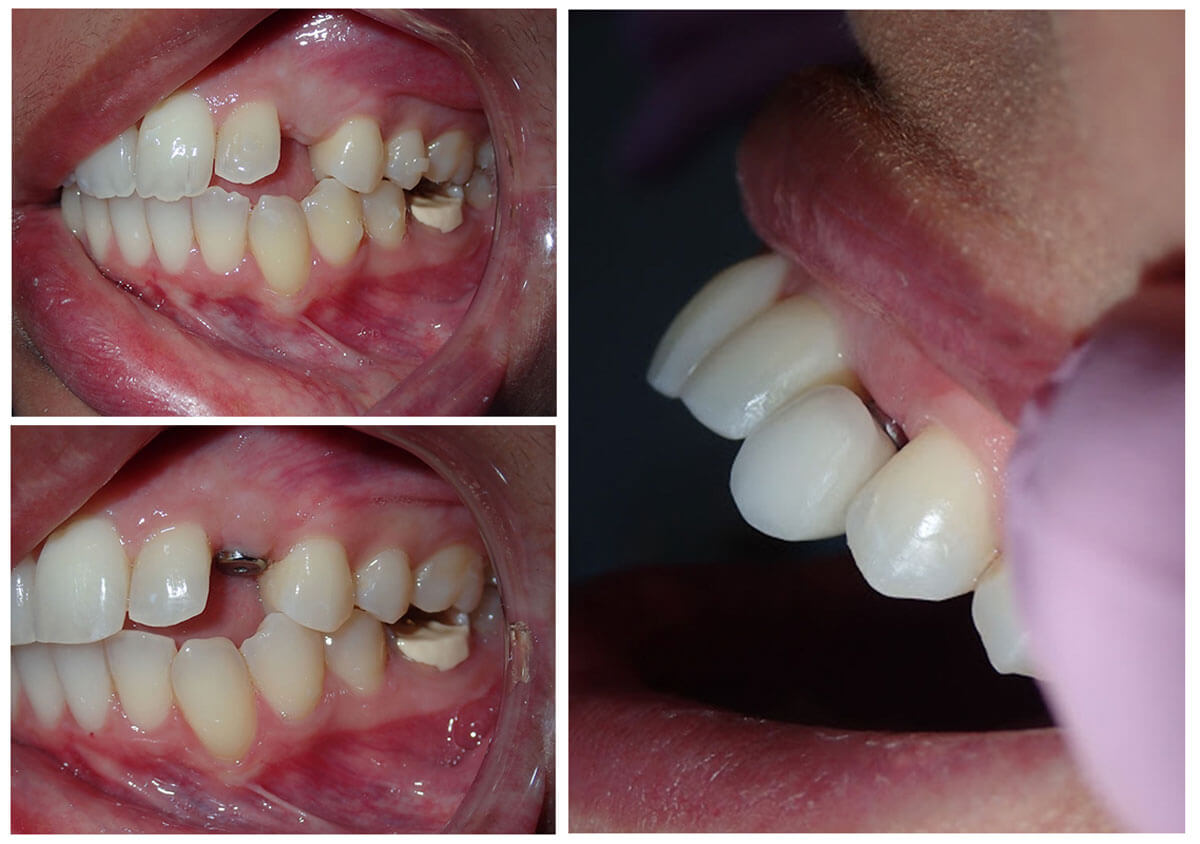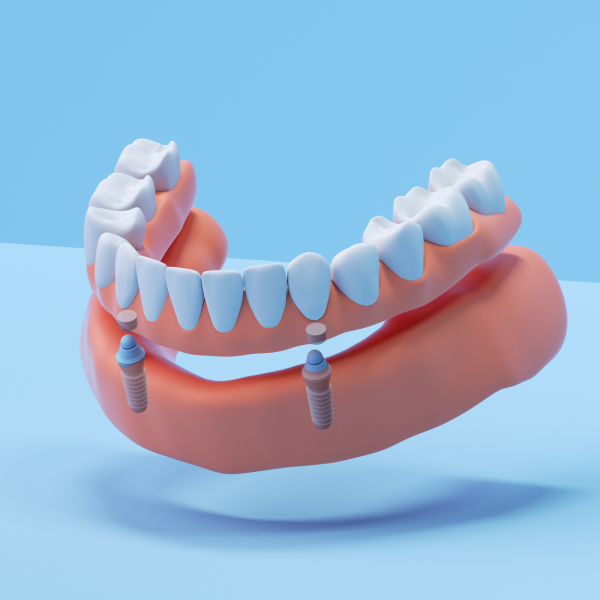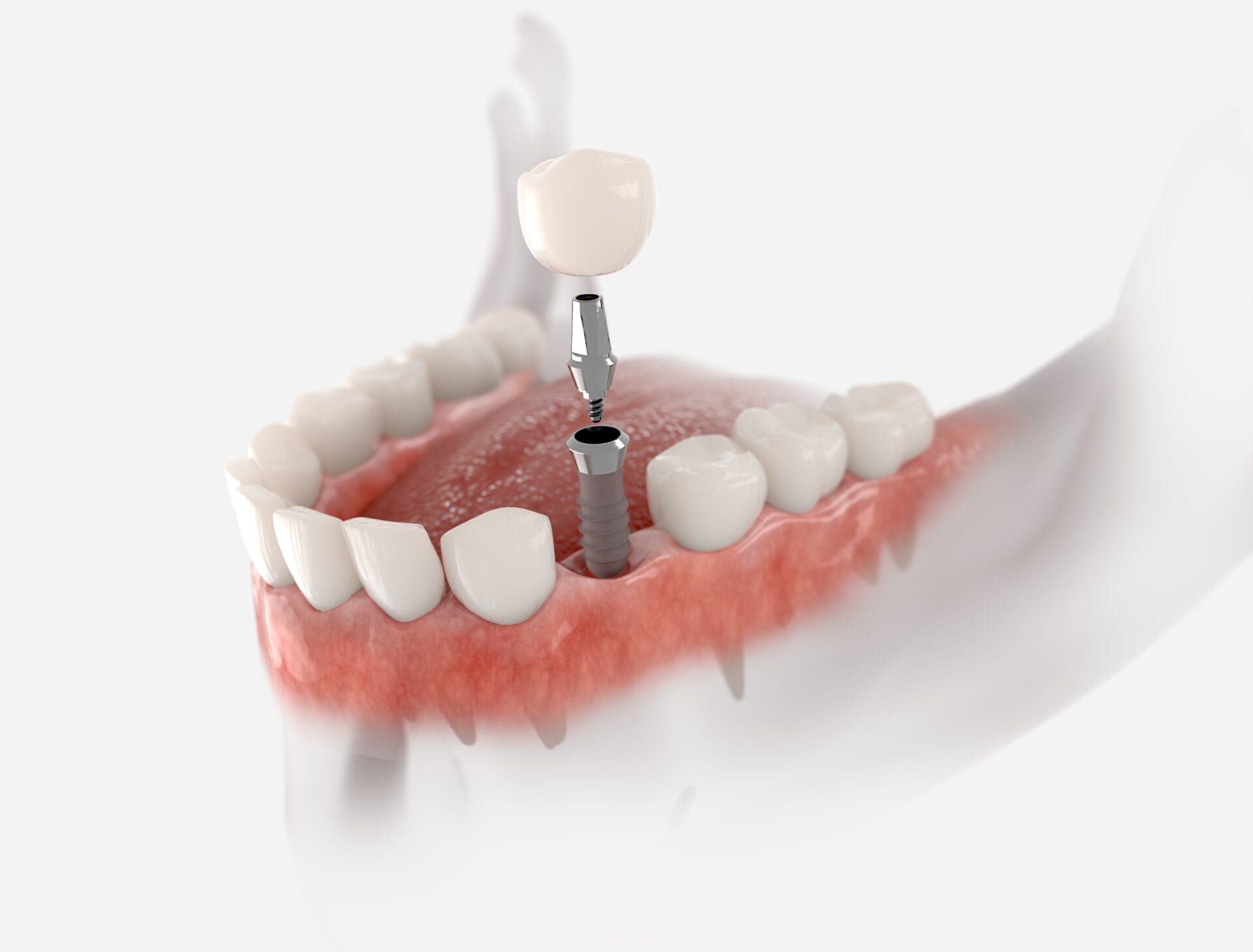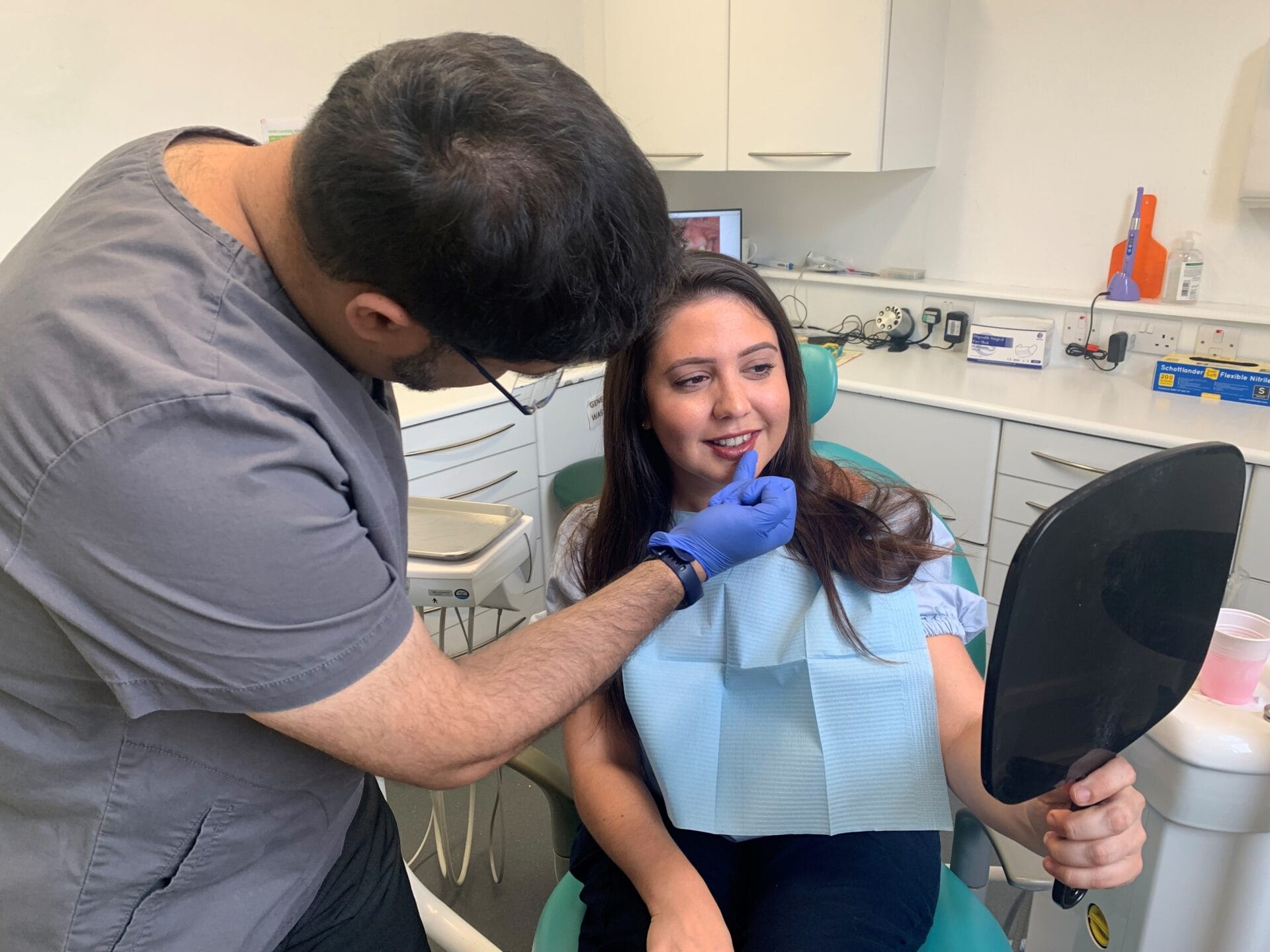Restore Your Smile with Dental Implants Kent: Specialist Solutions
Restore Your Smile with Dental Implants Kent: Specialist Solutions
Blog Article
Experience the current Technologies in Oral Implants Modern Technology
As the field of dental care proceeds to develop, the improvements in oral implant technology have been absolutely nothing short of exceptional. The combination of innovation is reinventing the capability of dental implants, assuring improved results and person complete satisfaction.
Advanced Products for Enhanced Toughness
In the realm of dental implants technology, the integration of sophisticated products has significantly contributed to boosting durability and durability of these crucial dental prosthetics. The usage of materials such as titanium alloys, zirconia, and ceramic compounds has reinvented the field by supplying raised biocompatibility, resistance, and strength to corrosion.
Titanium alloys are commonly made use of in oral implants due to their remarkable strength-to-weight proportion, rust resistance, and compatibility with the body. These alloys guarantee the security and long life of the implant by standing up to the pressures put in throughout chewing and talking, supplying a reliable remedy for patients looking for long lasting tooth substitutes.
Zirconia, a type of ceramic material, has obtained appeal for its biocompatibility and all-natural tooth-like appearance. Its high strength and resistance to use make it an appropriate choice for dental crowns and bridges, enhancing the overall visual appeals and performance of the implant.

Digital Imaging for Specific Placement
The development of oral implants technology has actually additionally advanced with the integration of electronic imaging methods, guaranteeing accurate positioning of these prosthetics for optimal functional and aesthetic outcomes. Digital imaging plays a crucial role in the preparation and positioning of dental implants by offering in-depth 3D photos of the person's jawbone framework. This innovation permits dental professionals to analyze bone density, find vital frameworks, and intend the exact placement and angle for dental implant positioning with unequaled accuracy.
By using digital imaging, dental professionals can develop online surgical overviews that function as a roadmap during the implant positioning treatment. These overviews are personalized for each and every person, taking into consideration their distinct composition and the wanted outcome. This level of accuracy not only improves the success price of dental implant treatments however also lowers the threat of complications.
In addition, electronic imaging enables dental practitioners to envision the final prosthetic restoration before the real placement of implants, permitting meticulous preparation and guaranteeing that the result fulfills the person's aesthetic assumptions. Overall, the assimilation of digital imaging technology has reinvented the area of dental implants, offering people a more predictable, reliable, and patient-specific therapy method.

Minimally Invasive Surgical Strategies


Improvements in surgical approaches have caused the development of minimally intrusive strategies in the field of oral implantology. These strategies intend to reduce injury to the client, shorten recuperation times, and improve general therapy outcomes. Minimally invasive surgeries entail smaller incisions, specialized instruments, and advanced imaging innovations to precisely position oral implants with very little disruption to surrounding cells.
One key element of minimally invasive strategies is making use of led surgical treatment, where 3D imaging and computer-aided design software are employed to intend the implant positioning with wonderful accuracy. This find more info permits an extra predictable end result and can frequently get rid of the need for comprehensive flap surgery.
Furthermore, advancements in materials and implant style have additionally added to the success of minimally intrusive methods. Implants with enhanced surface area residential properties advertise much faster osseointegration, minimizing the healing time required before the prosthetic remediation can be put.
3D Printing for Personalized Solutions
Making use of 3D printing innovation in oral implantology permits the development of extremely tailored solutions tailored to private client needs and physiological variations. This sophisticated modern technology enables dental experts to develop and fabricate dental implants with outstanding precision and accuracy. By using digital imaging strategies, such as cone beam of light calculated tomography (CBCT), detailed 3D models of the patient's mouth can be produced to direct the implant planning procedure.
One of the key benefits of 3D printing in oral implantology is the capability to produce patient-specific implants that flawlessly fit the one-of-a-kind anatomy of each individual. This customized approach aids improve the overall success and longevity of the dental implant by guaranteeing ideal fit and positioning. Additionally, 3D printing enables the production of complicated geometries and elaborate structures that would be difficult or impossible to achieve making use of standard production approaches.
Furthermore, 3D printing innovation enables dental professionals to simplify the implantation procedure, minimizing surgical procedure time and improving general client experience. With its capacity to produce customized options rapidly and effectively, 3D printing is transforming the field of oral implantology, offering patients ingenious treatment options and enhanced end results.
Integrated Technology for Improved Capability
Executing cutting-edge technology in dental implantology boosts capability and precision, boosting the requirement of care for clients undertaking dental implant procedures. Integrated innovation plays a crucial role in boosting the overall success and sturdiness of dental implants.
Furthermore, the assimilation of computer-aided design and computer-aided production (CAD/CAM) technology makes it possible for the development of customized implant reconstructions with remarkable precision. CAD/CAM systems use electronic impressions to develop prosthetics that flawlessly fit the individual's one-of-a-kind anatomy, making sure ideal convenience and capability. In addition, using robotic-assisted surgical procedure in implant placement boosts precision and reduces the threat of human error.
Final Thought
In verdict, the newest technologies in dental implants modern technology deal enhanced longevity via innovative materials, specific positioning with electronic imaging, minimally invasive surgical techniques, customized solutions with 3D printing, and improved functionality with integrated modern technology - Dental implants Kent. These improvements in dental implants technology are reinventing the field and supplying people with more effective and efficient therapy alternatives for recovering their smiles More Info and dental wellness
The combination of modern technology is reinventing the capability of oral implants, guaranteeing enhanced results and person complete satisfaction.
The evolution of oral implants modern technology has actually additionally advanced with the assimilation of electronic imaging techniques, ensuring exact positioning of these prosthetics for optimum practical and visual end results. his response Minimally intrusive surgical procedures entail smaller sized incisions, specialized tools, and advanced imaging technologies to precisely position dental implants with very little disruption to surrounding tissues.
Executing sophisticated technology in dental implantology improves performance and precision, elevating the requirement of care for clients undertaking dental implant treatments. Dental implants Kent. Integrated modern technology plays a critical duty in improving the overall success and durability of oral implants
Report this page